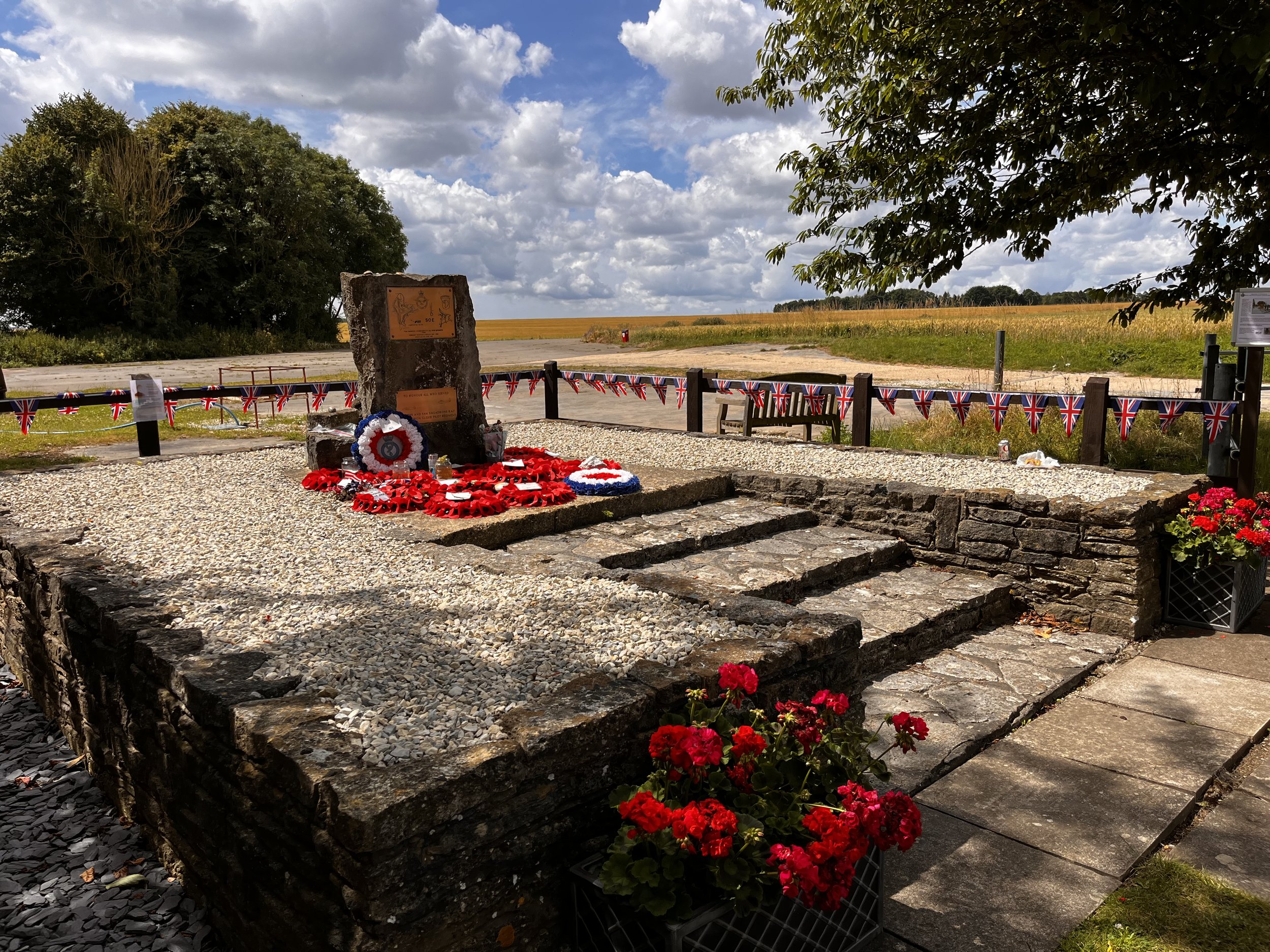
Keeping alive the memory of all who served at Royal Air Force Tarrant Rushton
Set on a windy plateau in Dorset stands proud the memorial at the former Royal Air Force station of Tarrant Rushton in Dorset, created in 1982 as a fitting tribute to all who served here.
Today all is again quiet at the memorial after events to remember those who served here, the tributes and wreaths remain to remind us how important this airfield was.
Welcome to the fascinating story of Tarrant Rushton airfield.
Our community group, Friends of Tarrant Rushton Airfield Memorial, has been established to maintain the memorial and keep alive the memory of all the brave men and women who served here during the second world war or with Flight Refuelling up to the airfield’s closure in 1980. Find out how to become a friend here
Many of the photographs used on this site are from the following collections and archives
Andrew PM Wright
Wing Commander GH ‘Buster’ Briggs
Wing Commander R A Seymour

“it was one of the most outstanding flying achievements of the war.”
Air marshal Trafford Leigh Mallory describes Operation Coup de Main,
Pegasus bridge operation
Would you like to help us look after this memorial site and keep its memory alive for future generations?
Join our association, donate towards the upkeep or just remain in touch with us to be the first to know about our events.
